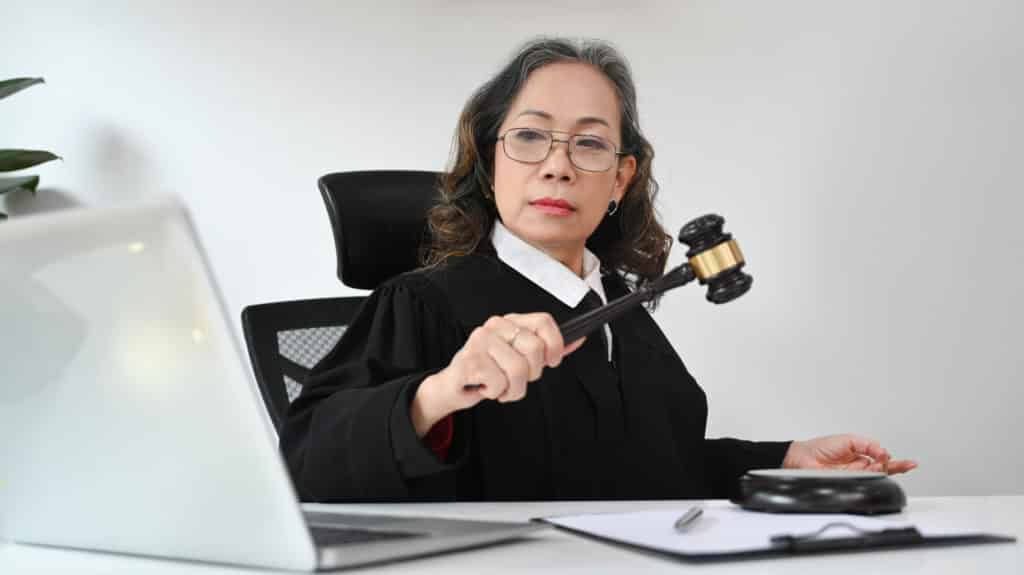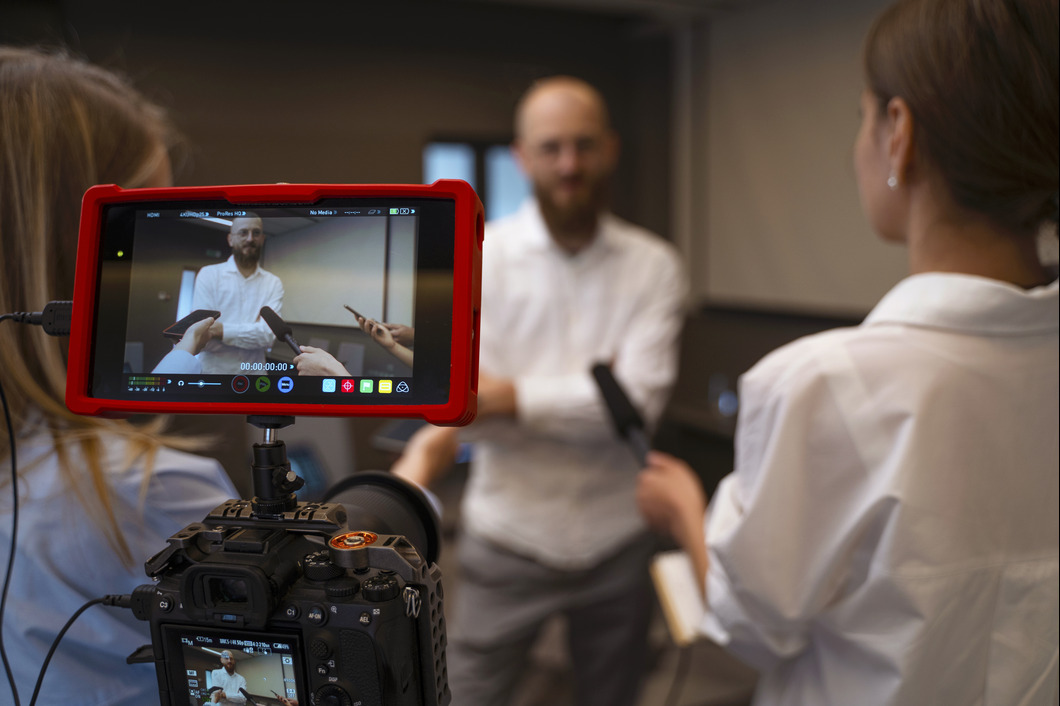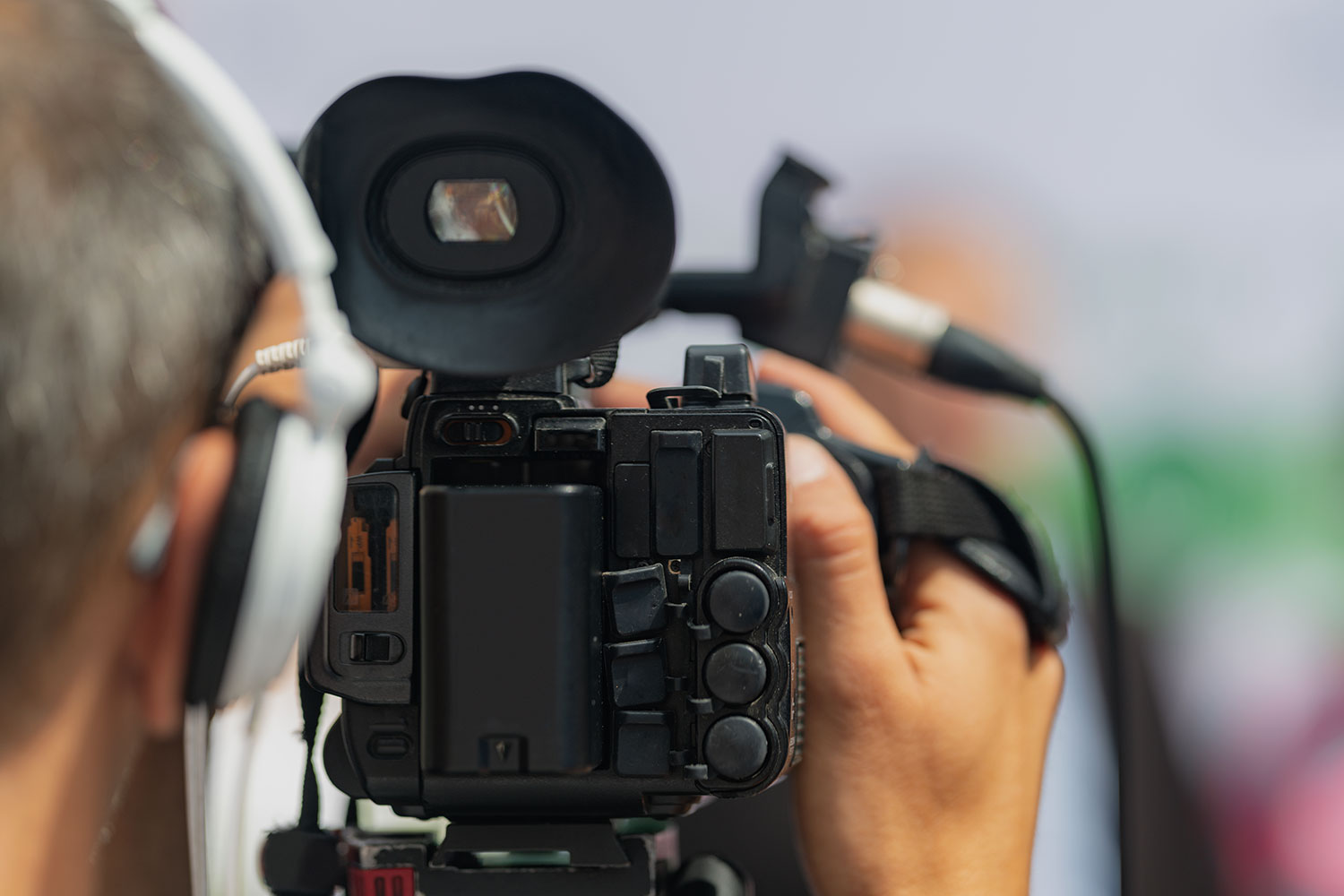Why Legal Videography is Crucial for Accurate Legal Paperwork
Why Legal Videography is Crucial for Accurate Legal Paperwork
Blog Article
Looking Into the Devices of Lawful Videography: Introduction Its Procedure in Shielding Genuine Aesthetic Statement for Judicial Procedures
In the world of judicial procedures, the function of lawful videography stands as a foundation in preserving and offering aesthetic evidence. As modern technology continues to advance, the devices behind legal videography have actually ended up being significantly complex, using an essential layer of credibility to testimonies recorded on video clip.
Historical Development of Legal Videography
Examining the historic development of legal videography discloses a significant change in the capturing and presentation of aesthetic evidence within the legal landscape. In the past, lawful process heavily depended on written records and photographs to document occasions and offer proof. With the advent of video modern technology, the lawful market saw a standard change in how visual statement was recorded and offered.
The advancement of legal videography can be mapped back to the late 20th century when innovations in video clip recording devices made it more available for use in courts. This technological development not only improved the accuracy and dependability of aesthetic proof yet additionally changed the means situations were offered to juries and judges (Legal Videography). Lawyers began to identify the persuasive power of video recordings in conveying emotions, subtleties, and non-verbal cues that written transcripts or photographs alone can not record properly

Technology Developments in Video Documentation
What essential technological innovations have reinvented video paperwork in the legal field? The lawful area has seen substantial innovations in video documentation modern technology that have boosted the credibility and reliability of visual proof in judicial procedures.
Furthermore, innovations in video file encryption and watermarking technologies have actually reinforced the protection and tamper-proof nature of video evidence, securing it against unauthorized modifications or meddling. The arrival of cloud storage services and remote gain access to abilities has streamlined the storage, access, and sharing of video proof, assisting in smooth collaboration among legal experts and ensuring efficient access to vital aesthetic testimonies when required. These technological advancements in video paperwork have actually most certainly revolutionized the lawful field, boosting the accuracy, integrity, and admissibility of visual evidence in judicial process.
Function of Legal Videographers in Court Room Settings
The development of video paperwork modern technology in the lawful field has actually required an important role for legal videographers in court room setups, making sure the integrity and reliability of visual testaments offered throughout judicial proceedings. Legal videographers play a fundamental role in recording and protecting exact aesthetic evidence that can be essential in litigation. Their responsibility expands to setting up tools, tape-recording process, and creating premium videos that properly show look at this now the events in the courtroom.
Furthermore, legal videographers often work carefully with lawful groups to make sure that the video clip proof straightens with the case's demands and can be successfully offered in court to support the legal arguments being made. On the whole, the duty of legal videographers in court settings is crucial in maintaining the concepts of justice and making certain the openness of lawful process. Legal Videography.

Ensuring Admissibility and Honesty of Video Proof
To preserve the credibility of visual proof offered in legal procedures, ensuring the admissibility and integrity of video clip proof is a vital obligation for legal videographers. Admissibility refers to the approval of proof by the court, and for video clip evidence to be permissible, it should fulfill certain requirements. Lawful videographers play a vital duty in making sure that the video clips they record follow the regulations of evidence, such as credibility, integrity, and relevance.
Honesty of video clip proof entails keeping the originality and precision of the video footage from the moment it is taped till it exists in court. This includes securely storing the video documents, recording the chain of custodianship, look at these guys and protecting against any kind of tampering or modifications. Legal videographers must stick to rigorous methods to assure the stability of the video proof and protect against any kind of obstacles to its credibility.
Future Trends in Legal Videography
Provided the increasing dependence on modern technology in lawful procedures, legal videographers are poised to welcome innovative improvements shaping the future of aesthetic testament capture and presentation. Among the noticeable patterns coming up is the integration of digital fact (VIRTUAL REALITY) and boosted truth (AR) innovations into lawful videography. These technologies have the potential to revolutionize just how aesthetic proof is presented in court rooms, permitting juries and courts to immerse themselves in the scene of the crime or incident.
Moreover, the usage of expert system (AI) formulas for video clip analysis is anticipated to simplify the process of reviewing and analyzing huge quantities of video clip footage. AI can assist in identifying key moments, anomalies, and patterns within video clips, enhancing the efficiency of legal examinations.

Verdict
Finally, legal videography has actually played an essential role in providing authentic aesthetic evidence for judicial procedures. Through technical advancements and the competence of lawful videographers, the stability and admissibility of video proof are guaranteed in court settings. As lawful videography remains to advance, it will be vital to maintain requirements that preserve the precision and integrity of visual testament for the future of lawful process.
Checking out the historical progression of legal videography exposes a substantial improvement in the capturing and presentation of visual proof within the lawful landscape.The advancement of video clip documentation innovation in the legal area has necessitated a vital duty for legal videographers in courtroom settings, making certain the honesty and reliability of visual testimonies provided during judicial proceedings. Additionally, legal videographers typically work very closely with lawful teams to ensure that the video evidence lines up with the instance's needs and can be efficiently presented in court to support the lawful arguments being made.To maintain the integrity of aesthetic evidence provided in legal procedures, making sure the admissibility and stability of video clip evidence is a critical responsibility for legal videographers. As lawful videography proceeds to advance, it will certainly be necessary to copyright standards that maintain the precision and integrity of aesthetic testimony for the future of lawful process.
Report this page